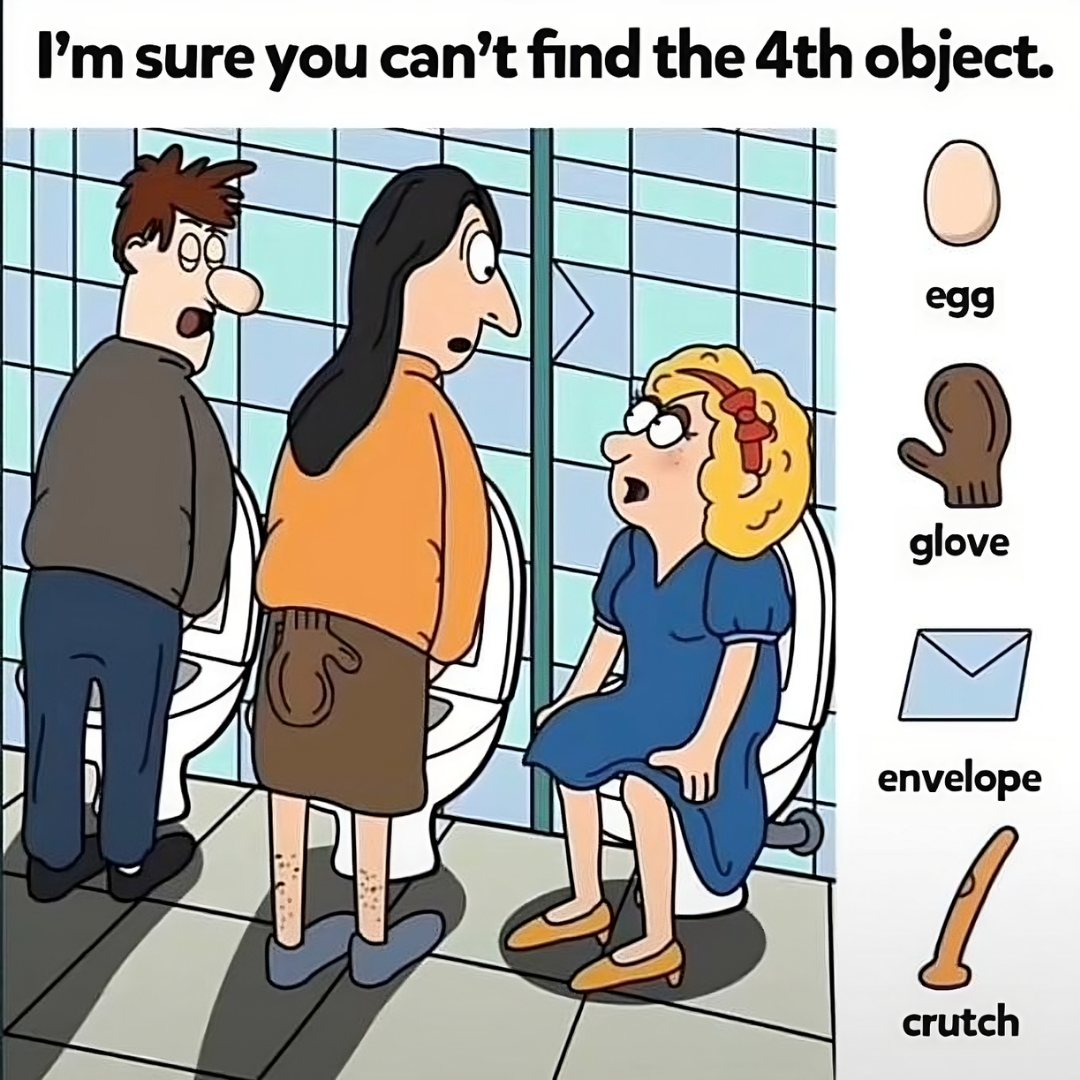
Why Are Visual Puzzles So Addictive?
Visual puzzles like this one capture our attention because they appeal to our innate curiosity. In a world flooded with digital distractions, these challenges provide a refreshing mental workout. They’re fun, engaging, and irresistibly shareable. We love the idea of proving we can solve a puzzle that others can’t, and it’s even better when we can rope our friends into trying as well. Beyond personal satisfaction, these puzzles also create a sense of community—who doesn’t enjoy a bit of friendly competition?
Social media platforms like TikTok and Instagram thrive on content like this. Users post their reactions, challenge others to solve the puzzle, and share their frustrations or victories. Much like the viral phenomenon of Wordle, these puzzles offer a short, entertaining break from daily routines. But what makes this particular challenge so tough? Let’s break it down step by step.
Decoding the Puzzle: What You’re Looking For
The puzzle presents an image of three people in a restroom—two standing and one seated. Alongside the image is a list of objects to locate: an egg, a glove, an envelope, and a crutch. At first glance, the scene seems simple, but as you start scanning for these items, you’ll quickly realize they’re far from easy to find. Here’s how to locate the first three objects and why the fourth one is so elusive.
The Egg:
Finding the egg is a test of close observation. Surprisingly, it’s hidden right on the nose of the person standing on the left. Its unusual placement blends it seamlessly into the picture, making it easy to overlook. Only those who carefully examine every detail are likely to catch this cleverly hidden object.
The Glove:
The glove is trickier because it’s camouflaged within the scene. It’s brown and matches the color of the skirt worn by the person in the center. This subtle blending makes the glove nearly invisible unless you focus directly on that area. It’s a perfect example of how our brains often overlook objects that seem to naturally “belong” in the image.
The Envelope:
The envelope is perhaps the most cleverly hidden of the three found objects. It’s disguised as part of the wall, aligning perfectly with the bathroom tiles. Its placement and color make it appear as though it’s just another tile, seamlessly integrated into the background. Spotting it requires shifting your perspective and questioning everything you see.
The Crutch: A Missing Object or a Clever Trick?
So, you’ve managed to find the egg, the glove, and the envelope. But where is the crutch? This is where the puzzle takes an unexpected turn. No matter how closely you look, the crutch simply isn’t there. That’s right—the crutch is missing entirely.
This clever twist is a hallmark of viral puzzles, designed to stump even the most observant participants. By including a missing object, the creators ensure that viewers remain engaged, searching endlessly for something that doesn’t exist. It’s a brilliant strategy to encourage frustration and curiosity while also sparking conversation and debate. The absence of the crutch leaves viewers second-guessing themselves and sharing the puzzle with others to see if anyone else can figure it out.
Why Do Missing Objects Work So Well on Social Media?
The missing crutch isn’t just a trick to frustrate viewers—it’s a genius tactic for boosting engagement on social media. Puzzle creators often use missing items or impossible challenges to drive curiosity and interaction. On platforms like TikTok, viewers are encouraged to “follow for the answer” or “tap the + to see it.” This strategy keeps people hooked, sharing the puzzle with friends, and amplifying its reach.
When users spend extra time scouring the image, only to realize they’ve been tricked, it often leads to laughter or playful frustration. It’s a reminder that not everything online is as it seems, but it’s all in good fun. This sense of mystery and clever misdirection is precisely why these puzzles go viral.
Why We Love These Challenges Despite the Frustration
Even though this puzzle leaves us chasing an object that isn’t there, it perfectly illustrates why we’re drawn to challenges like these. They offer a temporary escape from daily routines, engage our problem-solving skills, and ignite a playful sense of curiosity. Beyond the puzzle itself, they’re a way to connect with others as we share our findings, compare notes, and laugh at our missteps.
Visual puzzles tap into something deeply human—the need to explore, question, and solve. Even when we don’t find the answer we’re looking for, we walk away with a sense of accomplishment, a bit of fun, and perhaps a lesson in patience and perseverance.
Embrace the Challenge and Enjoy the Ride
So, did you manage to find the crutch? If not, don’t worry—you’re not alone. The crutch doesn’t exist, and that’s the entire point of this clever puzzle. It’s a playful reminder that sometimes the answer isn’t there at all, and that’s okay. These challenges aren’t just about solving the puzzle—they’re about enjoying the process, engaging your mind, and having fun along the way.
Next time you encounter a puzzle that seems too tough to crack, approach it with curiosity and a sense of humor. Who knows what tricks the creator has hidden within? And remember, the real fun lies not in finding the answer but in the journey itself.